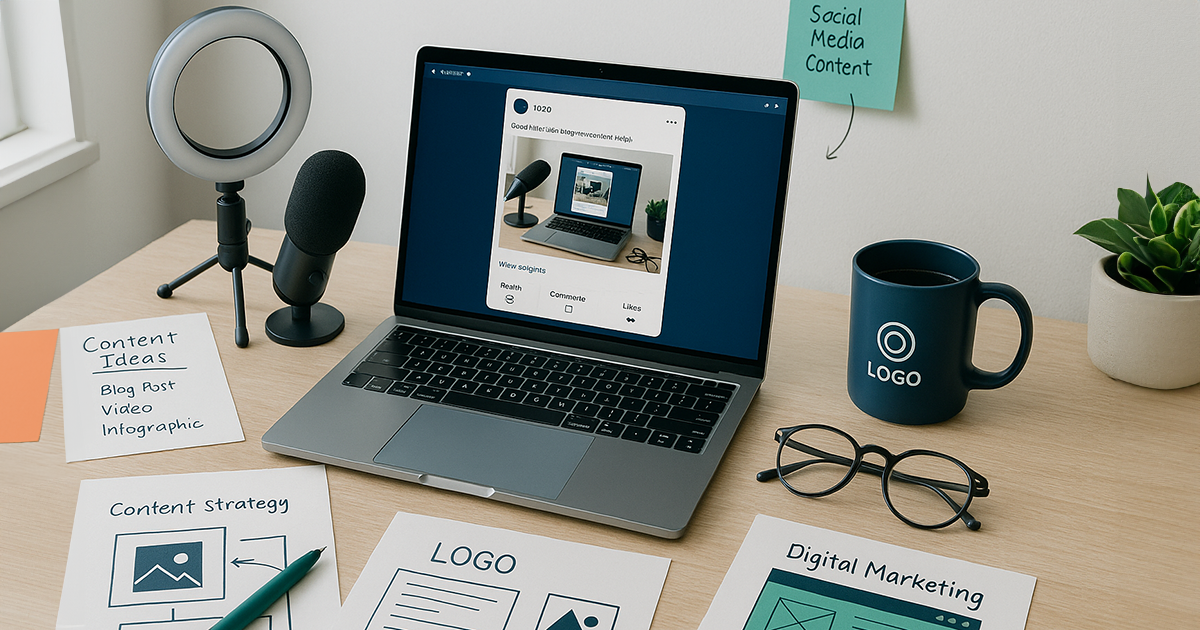According to statistics, most people
still use laptop and desktop computers to search the internet. However, how many times do you use your mobile phone to find a service,
product, or information? Today, businesses must improve their website’s performance, not only for laptops or desktop computers, but also for
mobile users.
Are you wondering how to improve your website? Increase conversion rates and sales revenue by optimizing your web page load time and user
experience with the following steps.
Upgrade Your Web Hosting Plan
One of the steps you can take to improve the website performance is to upgrade your web hosting plan. When loading times become slow because
there is an increase of traffic, or not enough space on the server to hold your business website’s information, it is good news. It means
your business is growing.
Most businesses start out on a shared hosting platform where one server runs many websites. It is inexpensive, and you can upgrade when
needed. However, every business grows, and there comes a time when you need to change the web hosting plan to give customers a better
experience. What other hosting options are there to consider?
Virtual Private Server (VPS) Hosting. VPS hosting falls between shared hosting and a dedicated server. You are still
sharing a server with other companies, but every business has a specific amount of space they can use for their website.
Dedicated Server. With a dedicated server you are the only company using it for your website. Negatives include the
expense of owning and managing it but being able to expand your website as much as you need is definitely a positive.
Enable Leverage Browser Caching
Website performance improvement could include enabling leverage browser caching. But what is it? Caching is when browsers store pages of
content in the local storage, making it convenient for customers as they don’t have to wait to download the same data when revisiting your
site. Thus, the reloading time is shorter.
Browsers can only cache static content such as images, HTML, CSS, and JavaScript as they are stored in the server and are the same every
time they are delivered to users. Why should you leverage the browser cache?
- Reduces bandwidth consumption as the browser doesn’t have to download static content again.
- Decreases the number of requests to the server as the content is loaded from the cache and not the server.
- Website speed increases, offering a better user experience.
- Improves search engine optimization (SEO), as page speed is a ranking factor for mobile searches.
Clean Up Excess Plugins
Plugins are software that improves speed and efficiency, creates new functionalities, and maximizes the user experience with little effort
from webmasters. Sometimes, however, they become redundant, and if there are too many, it harms the website’s performance. Cleaning up
excess plugins should be part of your company’s web performance optimization and must be done for the following reasons.
- Prevent security problems caused by importing third-party software.
- Prevent conflict between your website theme, content management software (CMS) or other plugins.
- Could slow down the website’s processing power.
Strand360 is based in Alberta and custom tailors marketing services to solve our client’s unique
problems. We understand it takes more than a pretty website to attract clients and improve online traffic. As part of our digital
marketing solution
offering, we use analytic tools to improve the customer user experience (UX). We can also help with your e-commerce website, to drive
sales while reducing costs. Are you struggling with website performance? Contact Strand360 today.



